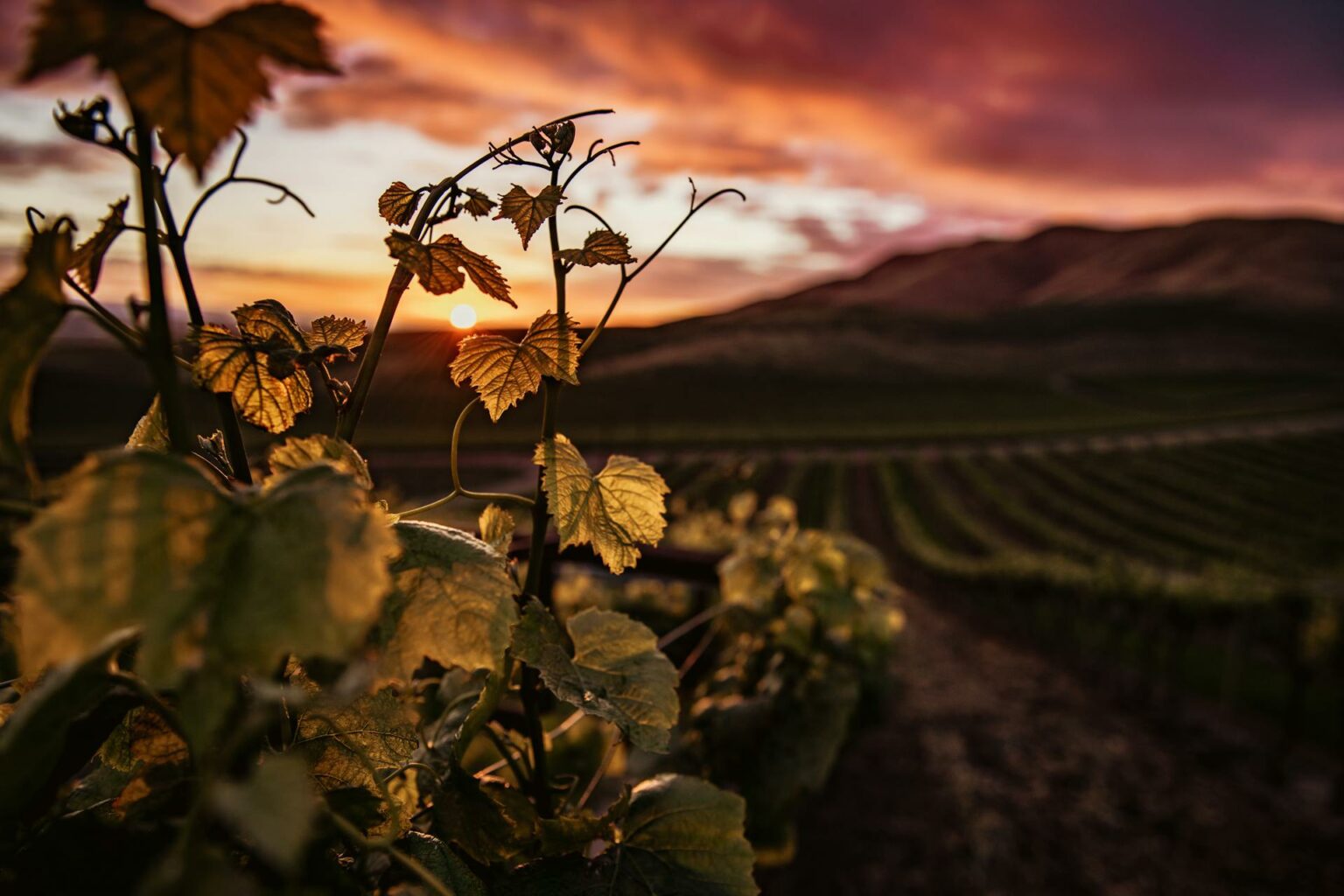The idea is simple: nature provides us with everything we need; we just need to know how to interpret its language, somewhat like discovering reading. Before learning to read, a book is just a series of uninteresting characters with no appeal. But for those who have learned, it becomes an extraordinary source of enrichment; their life changes, their worldview as well.
Today, we are shifting paradigms: our generation is not just about preserving; we must REPAIR.
1. Bio-indicator plants
For those of us who are just learning to read nature, the presence of certain plants clearly indicates the state of our soil, whether from a physical, chemical, or biological perspective. I refer you to the best book I know on the subject: the Encyclopedia of Bio-indicator Plants by Promonature editions (www.promonature.com).
It should be noted that an indication by plants is valid only with a certain number of subjects. Just because you have a dock plant (a wild plant commonly found in wastelands, along roadsides, or in gardens) in front of you, doesn’t mean you can say your soil is damp, cold with a tendency towards hydromorphism, and blocking phosphorus.
The assessment is done on a case-by-case basis. Practice is what allows you to grasp this analysis. We advise you to always validate your results with traditional analysis.
By noting the strong presence of a species, you can determine with very high precision the variability of your soils, much more reliably than through soil sampling. You can thus draw up the bio/physical map of your lands.
Here are a few indicative examples
Amaranth
If it is present in the spring, it indicates an excess of potassium or nitrogen. Conversely, in the autumn, it indicates that the crop lacked nitrogen and potassium in the spring.
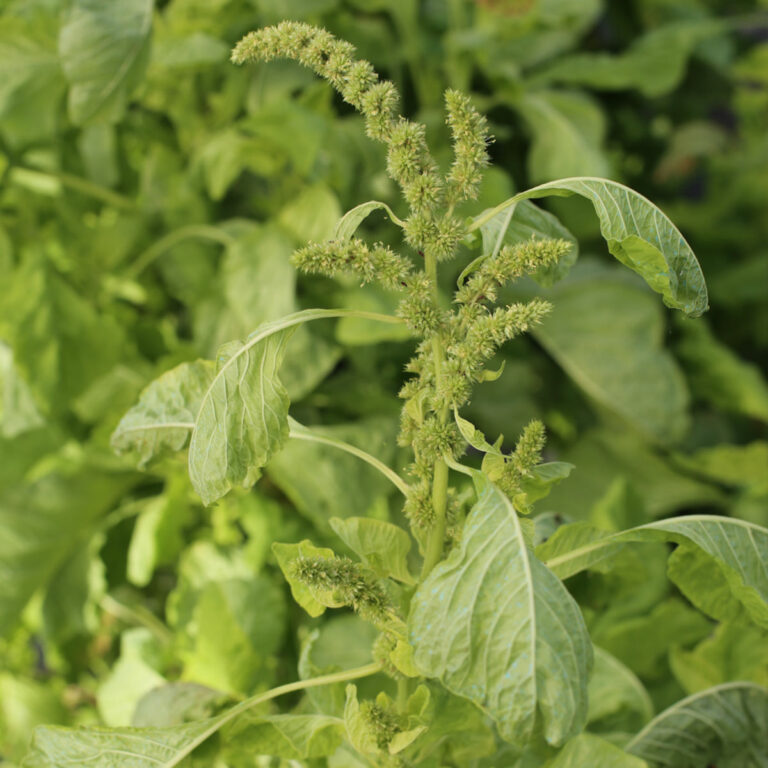
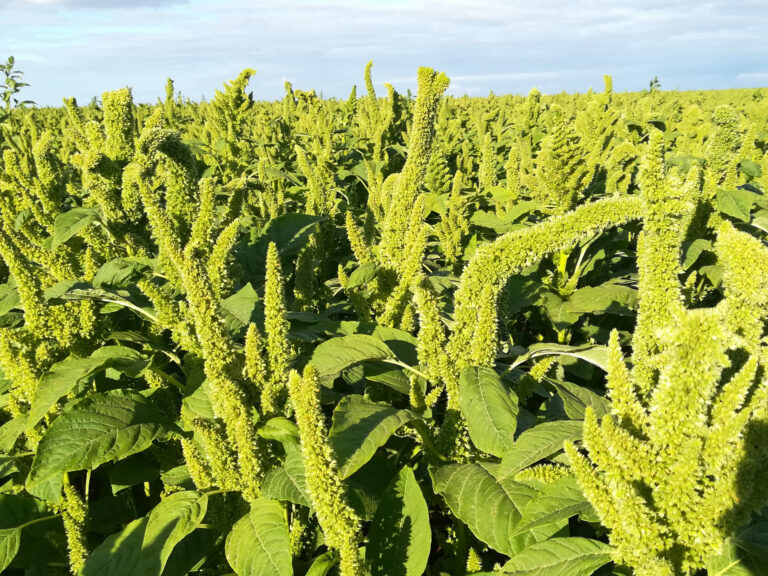
The potentilla
Waterlogging, hydromorphism, asphyxiated and compacted soils which can lead to anaerobic conditions.


Comfrey
It increases plant growth and improves soil fertility. It aids in the physical structure (framework) of plants.
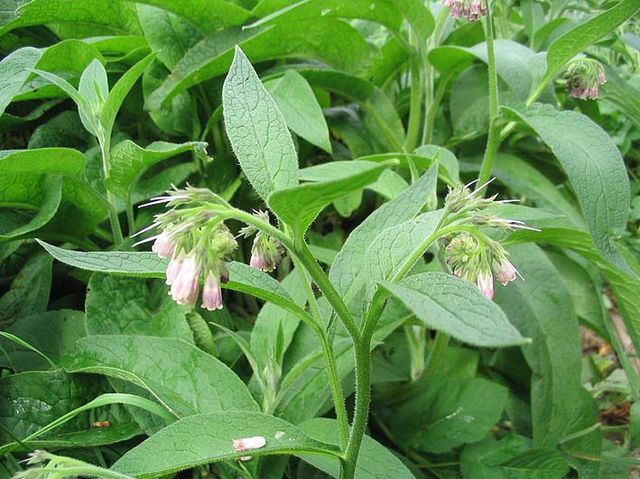
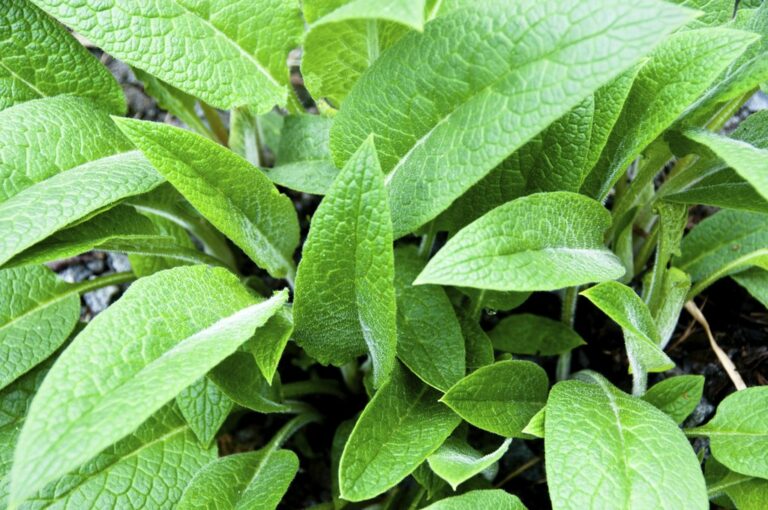
Plantain
It indicates soil richness in limestone; high pH; blocking of potassium and phosphorus.


Couch grass
It indicates that it is time to work the soil to regenerate it. It reveals soil de-structuring, fatigue, and compaction.


Dandelion
If its presence is low to moderate, it indicates a satisfactory level of organic matter. If it is invasive, you can be certain of a blockage of organic matter due to excess (too much manure and/or compost).


The few examples given are just a tiny part of what is possible to learn.
2. Companion plants
There is another way to use plants: if they indicate the state of our environment, they can also help us.
We are already partly doing this through the use of infusions and decoctions, but there is an even more encouraging area: Companion plants.
The vine lives in an environment that can be improved through soil work or the spreading of compost, etc.
There is another, more efficient alternative: the implementation of plants that will work for us.
An example
Alfalfa
This legume has a very efficient and deep taproot. Alfalfa is an extremely effective water pump; it allows us to manage excess water and droughts.
During rainy periods, we let it grow. It stores water and prevents soil waterlogging. As soon as the rains end, we mow it because it then releases some of the stored water. Its deep roots force the vine to extend its own roots deeper, making it less sensitive to climate variations.
But that’s not all; alfalfa lives in symbiosis with a bacterium (Rhizobium bacterium) that it hosts in nodules. When these bacteria die, they release nitrogen into the soil, up to 40 units per hectare per year, saving us up to 80 kg of annual urea (nitrates).


For the past two years, we have been sowing winter vetch in winter and soybeans in spring, the former for winter vegetative cover, and the latter for its ability to capture nitrogen in summer.

